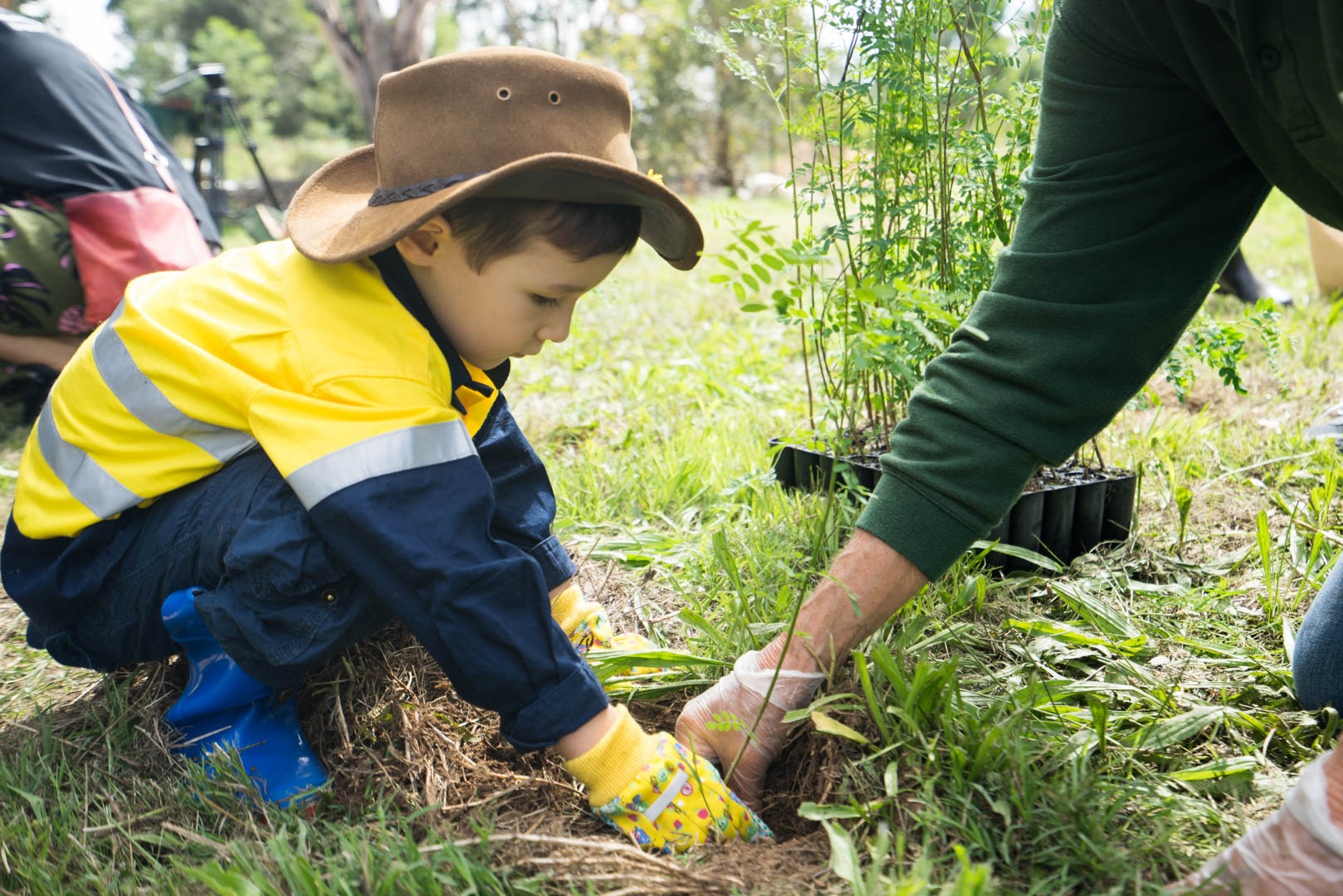The CSIRO and the Australian Government Department of Agriculture, Water and the Environment (DAWE) have been collaborating on the development of the national Habitat Condition Assessment System (HCAS) since 2015. HCAS was developed to address the need for nationally consistent, landscape-wide, site-level estimates of habitat condition to inform the conservation of Australia’s wildlife and natural heritage (DAWE 2020b, DAWE 2021d, DAWE 2021b). The remote-sensing approach developed by CSIRO aims to predict the quality of (mainly terrestrial) habitats in terms of the ‘capacity of a location to provide the structures and functions necessary for the persistence of all species naturally expected to occur there, as if it were in an intact reference state’. The purpose of HCAS is to distinguish natural variations in ecosystem responses to periodic disturbance from those attributed to land-use and management practices. Therefore, several years may be needed to confirm whether the trend after a disturbance is declining, steady or improving.
The resulting HCAS dataset predicts site-level habitat condition for terrestrial biodiversity, with scores ranging from 0.0 (habitat completely removed) to 1.0 (habitat in reference condition). HCAS version 2.1 is a cumulative assessment of site-level habitat condition over 18 years to 2018, as depicted by the MODIS (Moderate Resolution Imaging Spectroradiometer) satellite’s optical sensor (Harwood et al. 2021b, Williams et al. 2021b) (Figure 9). HCAS on its own does not directly consider fragmentation (although such information can be derived from HCAS) and therefore potentially underestimates the loss of regional ecological integrity, especially in the intensive land-use zone.
As a site-level estimate of condition, HCAS is intended as an input to other analyses, such as connectivity, to also account for the landscape consequences of fragmentation on ecosystem integrity. When these 2 dimensions of habitat condition are combined, they provide a means to consistently assess the quality of habitat, in terms of its capacity to retain biodiversity (Ferrier & Drielsma 2010). The integrated result can be used to support strategic prioritisation for natural resource management and, with repeated assessments over time, provide trends and trajectories of change.
Comparisons with state agency mapping for Victoria (Newell et al. 2006, DSE 2007) and New South Wales (Love et al. 2020) indicate that, while trends are similar, HCAS version 2.1 presents a more optimistic view of habitat condition in the more intensively used regions. For example, the HCAS version 2.1 mean value for New South Wales is 0.63 (Williams et al. 2021b) compared with 0.44 estimated by Love et al. (2020), who used Landsat data and estimated the likely effects of land use on understorey and groundcover intactness. In part, this difference may relate to the limited ability of satellites to comprehensively observe the structure, function and compositional characteristics of Australia’s ecosystems, and especially of the understorey. However, satellite monitoring is expected to rapidly accelerate over the next few years with the introduction of new sensor systems, enabling more comprehensive assessment of changes in ecosystem condition (see case study: Digital Earth Australia: new technologies and partnerships to map Australia’s land).
















